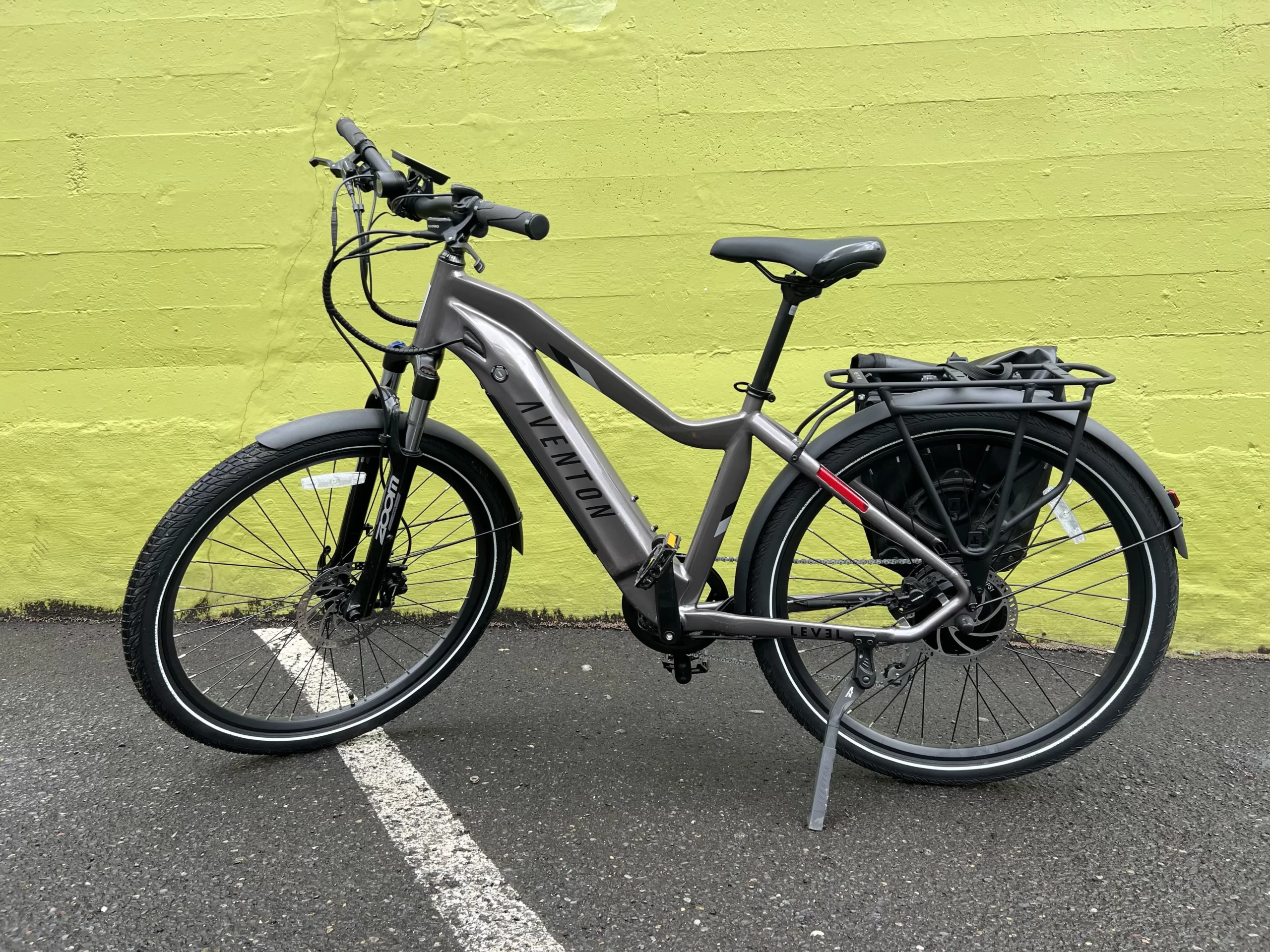How do commuter e-bikes unlock the potential of pedal power and electricity?

The electric assist takes the sweat and struggles out of cycling, so you zip to the office in comfort. Optimizing your e-bike commute takes some planning and practice. With the wide variety of e-bike models and features available today, it’s important to select one tailored specifically to your commute’s unique needs.
- Estimate your mileage and terrain – Pick an e-bike with enough battery capacity and motor power to cover your total roundtrip distance. Factor in elevation changes.
- Test ride models – Visit bike shops to test ride different e-bike styles and sizes to find the right handling and comfort fit.
- Prioritize key features – Look for puncture-resistant tires, fenders, lights, racks, suspension, and other add-ons to suit your route.
- Calculate costs – Weigh purchase price, registration requirements, insurance, maintenance, charging, and storage expenses. Determine if buying, renting, or a sharing program works best financially.
- Read reviews – Learn from fellow riders’ real-world experiences with different e-bike models before purchasing.
Dialing in your commute
Once you’ve selected the optimal electric commuter bike, it’s time to refine the details of your new commuting routine.
- Map a route – Use bike lanes, quiet side streets, parks, and trails to create the safest, most direct route to work possible.
- Establish a schedule – Gauge how long your e-bike commute takes door-to-door. Budget extra time as you get started.
- Prep your gear – Assemble cycling accessories like helmets, lights, locks, tire pumps, phone mounts, and panniers.
- Find parking – Obtain secure parking at your workplace. See if co-workers want to share an e-bike locker.
- Plan for pit stops – Locate spots along your route to recharge your battery if needed or pick up coffee on the way.
- Have a backup – Make alternate commuting arrangements for poor weather days or e-bike issues.
Handle repairs
- How to change a flat – Practice removing and replacing punctured inner tubes. Always carry a spare tube, tire levers, and mini-pump/CO2 inflator.
- Adjusting brakes and shifting – Learn to fine-tune brakes, derailleurs, brake pads, and cables as needed.
- Chain maintenance – Clean dirty chains with a degreaser. Lubricate occasionally with bike chain oil.
- Recharging battery – Charge the battery fully after each use for maximum range. Many batteries detach easily for charging.
- DIY repairs – Watch online tutorial videos to learn how to troubleshoot issues. Only tackle repairs you’re comfortable handling.
- Finding a mechanic – Research and establish a relationship with a qualified e-bike shop for complex component repairs and maintenance.
Ride safely
Adhere to all the same road rules as regular cyclists and cars. Stop at signs and lights, use hand signals, and ride with traffic. Keep lights on day and night. Use flashing rear light even during daylight. Wearing a helmet significantly reduces the risk of serious head injury in a crash. Give parked cars enough space to avoid being struck if a driver’s door suddenly opens. Wear bright colors during the day. Use reflective strips or a vest at night. Install reflectors on your bike. Ride in a straight line and make smooth deliberate movements so drivers anticipate your path. Constantly scan for hazards like debris, potholes, parked cars, and pedestrians. Avoid distractions from phones and headphones.
